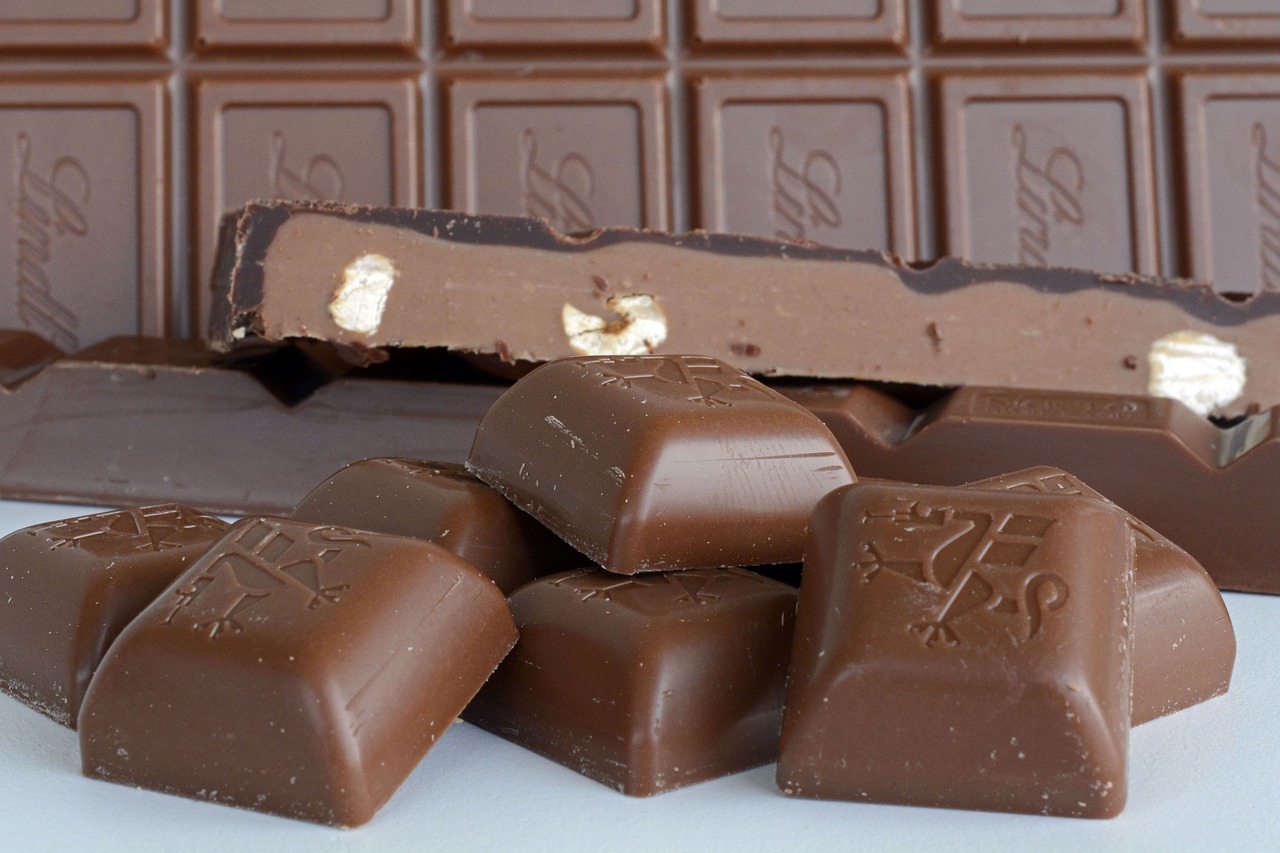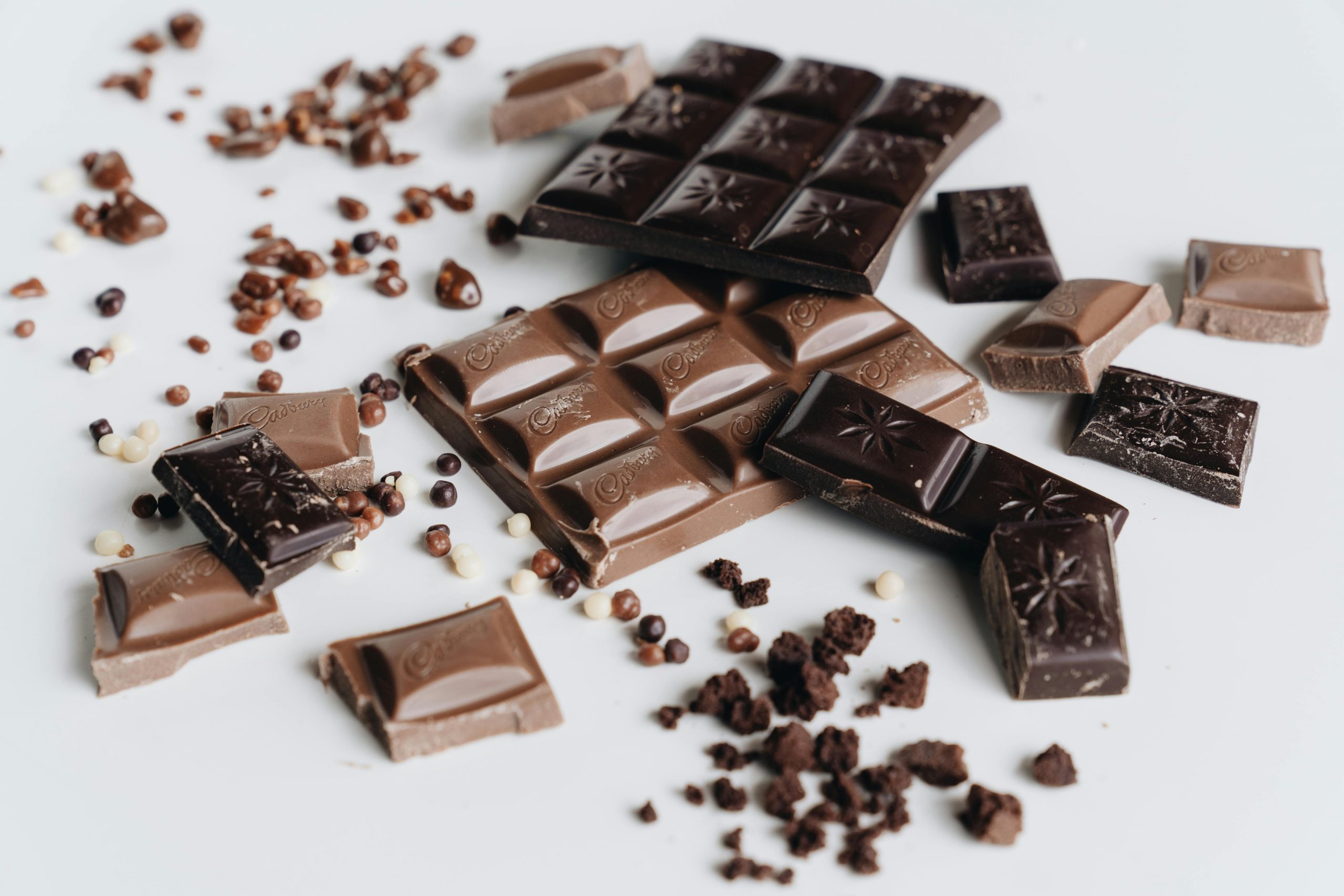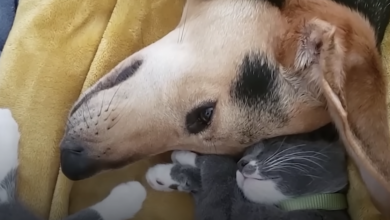What happens if a dog eats chocolate?

As a dog owner, you may often wonder: “What happens if a dog eats chocolate?” This concern is common among pet owners because it is widely known that chocolate is toxic to dogs. Although it is a favorite treat for humans, chocolate can pose serious health risks for our canine companions. Understanding why chocolate is harmful to dogs, recognizing the symptoms of chocolate poisoning, and knowing the appropriate steps to take can be important in protecting your pet’s health. In this article, we will explore the toxic ingredients of chocolate, the symptoms of chocolate poisoning, what actions to take immediately if your dog eats chocolate, the methods Available treatments and preventative measures to avoid such incidents.

Why is chocolate toxic to dogs?
Chocolate contains two ingredients that are harmful to dogs: theobromine and caffeine. While humans can metabolize these substances effectively, dogs process them much more slowly, leading to a buildup of toxins in their bodies. In particular, theobromine is a major poison and can cause serious health problems in dogs. Theobromine concentrations vary between different types of chocolate, with dark chocolate and baking chocolate containing higher levels than milk chocolate and white chocolate. Even small amounts of chocolate with this high theobromine content can be dangerous for dogs, prompting pet owners to keep all chocolate out of their pets’ reach.
Learn how to react when your dog eats chocolate
Symptoms of chocolate poisoning in dogs
Symptoms of chocolate poisoning in dogs can range from mild to severe, depending on the amount and type of chocolate consumed. Early signs may include vomiting, diarrhea, and excessive thirst. As toxicity progresses, dogs may exhibit symptoms such as restlessness, hyperactivity, rapid breathing, increased heart rate, and muscle tremors. In severe cases, chocolate poisoning can lead to seizures, heart failure and even death. Pet owners should closely monitor their dogs if chocolate is suspected and seek veterinary assistance immediately if any symptoms are observed.
What to do if your dog eats chocolate
If you discover that your dog has eaten chocolate, it is essential to act quickly. Here’s a step-by-step guide on what to do:
- Assess the situation: Determine the type and quantity of chocolate consumed. This information will help your veterinarian assess the severity of the situation.
- Call your veterinarian: Contact your veterinarian or emergency veterinary clinic immediately. Give them detailed information about the type and amount of chocolate your dog has eaten as well as its weight.
- Induce vomiting (If instructed): Veterinarians may sometimes advise inducing vomiting to prevent further absorption of the toxin. Only do this if explicitly instructed by a professional.
- Supervise your dog: Monitor your dog closely for signs of distress or symptoms of chocolate poisoning. Note any changes in behavior or physical condition.
Treatment of chocolate poisoning
Treatment for chocolate poisoning in dogs depends on the severity of the symptoms and the amount of chocolate ingested. At the veterinary clinic, the following treatments can be performed:
- Causes vomiting: If not performed at home, your veterinarian may induce vomiting to remove the chocolate from your dog’s stomach.
- Activated carbon: This may absorb any remaining theobromine in the digestive tract, preventing further absorption into the bloodstream.
- Intravenous fluids: IV fluids can help remove toxins from your dog’s body and maintain body hydration.
- Medicine: Your veterinarian may prescribe medication to control symptoms such as seizures, tremors, and rapid heart rate.
- Monitor: Severe cases may require supportive and prolonged care, including oxygen therapy and cardiac monitoring.
Find out which foods are most toxic to pets
Prevent chocolate poisoning
Preventing chocolate poisoning is the best way to protect your dog. Here are some tips to keep in mind:
- Keep chocolate out of reach: Store all chocolate products, including baking supplies, in safe places that are inaccessible to your dog.
- Educate family and friends: Make sure everyone in your household, including guests, is aware of the dangers of chocolate for dogs and do not feed it to them.
- Be cautious during the holidays: The holidays often involve lots of chocolate around the house. Be extra cautious during this time to prevent accidental ingestion.
- Provide safe alternatives: Feed your dog safe treats and make sure they have plenty of their own snacks to avoid temptation.
Learn how veterinarians handle chocolate poisoning

So what happens if a dog eats chocolate? Eating chocolate can lead to serious health problems in dogs due to the toxic effects of theobromine and caffeine. Recognizing the symptoms of chocolate poisoning and acting quickly by contacting your veterinarian can be important in minimizing the risk. Although treatment options are available, prevention is still the best approach. Keeping chocolate out of reach and educating those around you can help ensure your dog stays safe and healthy. Always be prepared and alert to protect your furry friend from the dangers of chocolate.




